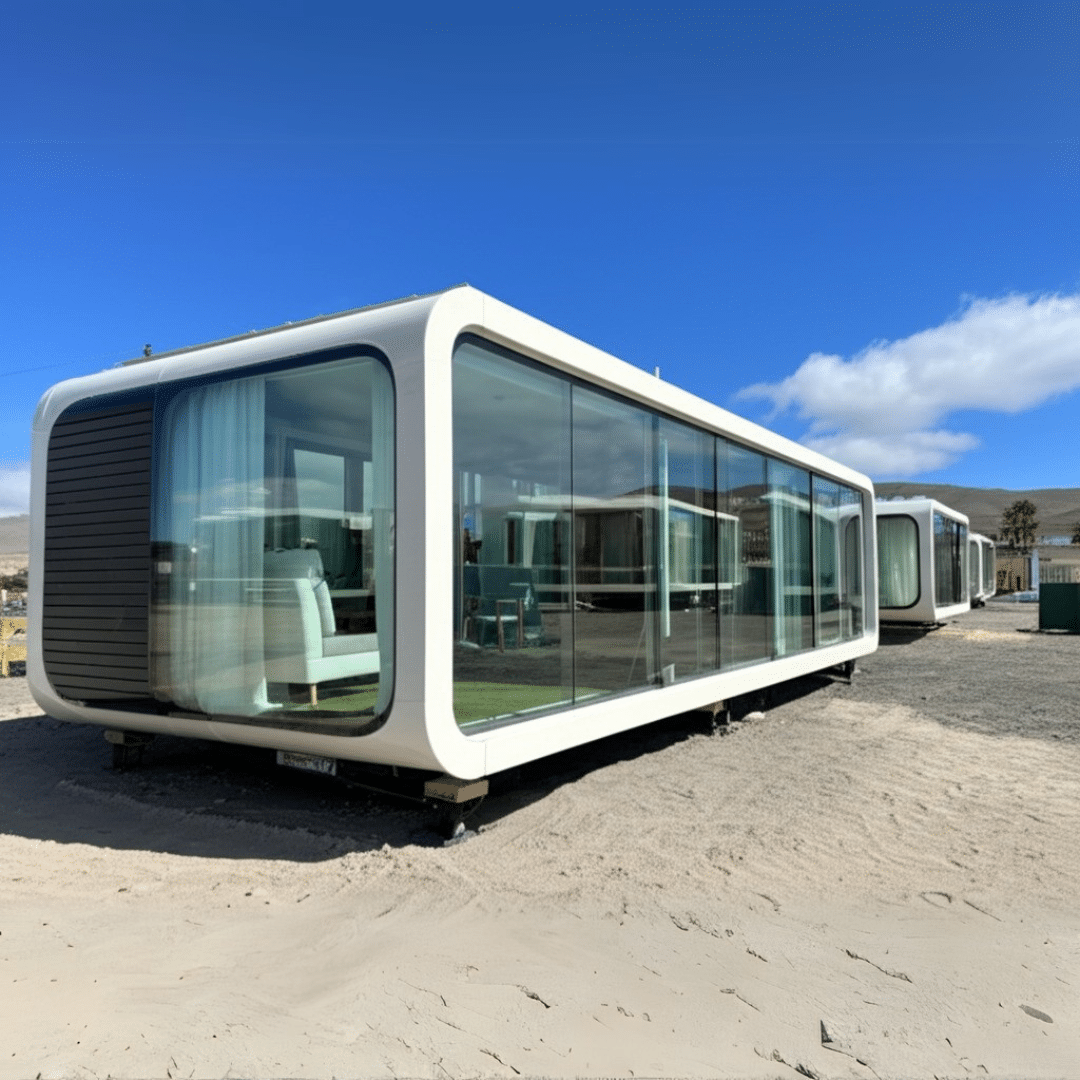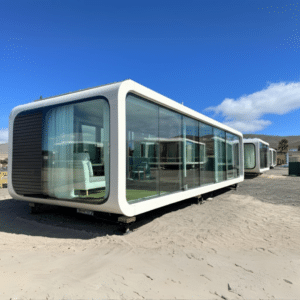When disasters strike, businesses and communities need top disaster restoration and temporary housing solutions that offer rapid recovery and secure shelter. Whether dealing with fire, floods, or other emergencies, the right strategies can minimize downtime, protect assets, and restore normal operations efficiently. This article provides expert insights to help decision-makers navigate their options with confidence.
Disaster restoration and temporary housing solutions include rapid response planning, ensuring immediate action to mitigate damage, modular and prefabricated temporary housing, offering quick deployment and secure shelter, structural assessment and restoration, focusing on repairing and reinforcing affected buildings, sustainable rebuilding practices, integrating resilient design and eco-friendly materials, and government and insurance coordination, streamlining financial and regulatory processes for faster recovery.
- The Critical Role of Rapid Response Planning in Disaster Recovery
- Disaster Restoration and Temporary Housing Solutions That Ensure Stability and Security
- Restoring Commercial and Industrial Spaces with Structural Assessments
- Sustainable Rebuilding: Integrating Resilient and Eco-Friendly Design
- Navigating Government and Insurance Coordination for Faster Recovery
- The Future of Disaster Recovery in Commercial Architecture
Key Takeaways:
- Preparedness accelerates recovery. A structured rapid response plan minimizes damage.
- Temporary solutions ensure stability. Modular housing and adaptive reuse keep businesses operational.
- Structural assessments enable faster rebuilding. Early evaluations streamline restoration.
- Sustainable design enhances resilience. Green infrastructure reduces future disaster risks.
- Navigating aid and insurance prevents delays. Understanding funding options speeds up recovery.
These disaster restoration and temporary housing solutions are just the foundation of recovery. Keep reading to see how architectural design, sustainability, and planning can enhance resilience and long-term success.
The Critical Role of Rapid Response Planning in Disaster Recovery
The first hours after a disaster are crucial; notably, natural disasters have contributed to more than $2.2 trillion in total losses in the United States between 1980 and 2021. A well-executed disaster restoration and temporary housing solutions strategy begins with a rapid response plan that minimizes damage and accelerates recovery. Preparedness starts with pre-disaster risk assessments, which help commercial property owners and developers identify vulnerabilities in their buildings. By working with architects experienced in disaster recovery, businesses can implement protective measures such as reinforced structures and emergency power solutions.
Case studies show that organizations with proactive disaster recovery plans recover more quickly and experience less downtime. After Hurricane Sandy, businesses that had pre-established emergency contractors for disaster restoration and temporary housing solutions were able to resume operations more efficiently than those without a plan. A structured response strategy helps ensure a swift, organized approach to crisis management.
Disaster Restoration and Temporary Housing Solutions That Ensure Stability and Security
A well-planned response requires secure, functional spaces for displaced individuals and businesses. Disaster restoration and temporary housing solutions encompass a variety of options, each designed to provide stability and security in the aftermath of a disaster. Key solutions include:
- Modular and Prefabricated Housing: These structures, which have been widely used after many natural disasters over the past 60 years, can be deployed quickly to provide temporary shelter for displaced employees or residents.
- Adaptive Reuse of Old Buildings: Converting commercial spaces into temporary housing or workspaces maximizes available resources.
- Mobile Units and Container-Based Structures: Ideal for businesses that require on-site continuity while permanent restoration efforts are underway.
After the California wildfires, modular housing units were instrumental in accommodating displaced families while long-term reconstruction took place. Businesses that invest in reliable disaster restoration and temporary housing solutions can mitigate disruptions and provide essential stability in times of crisis.
Restoring Commercial and Industrial Spaces with Structural Assessments
Commercial and industrial properties often suffer severe damage after disasters; for instance, Hurricane Ian destroyed over 6,100 structures and caused major damage to more than 15,700, underscoring the necessity of structural assessments for safe restoration. Disaster restoration and temporary housing solutions rely on expert evaluations to identify critical repairs, reinforce damaged structures, and implement temporary stabilization. Without a thorough assessment, businesses risk costly delays and safety hazards.
Restoring operations quickly is key to recovery. After Hurricane Katrina, properties that prioritized structural assessments began rebuilding weeks earlier than those awaiting insurance approvals. A proactive approach to disaster restoration and temporary housing solutions ensures a smooth transition from emergency response to full recovery, minimizing downtime and financial losses. Working with experienced architects and engineers helps businesses rebuild efficiently while meeting safety and resilience standards.
Sustainable Rebuilding: Integrating Resilient and Eco-Friendly Design
Sustainability plays a critical role in disaster restoration and temporary housing solutions. As climate-related disasters increase, rebuilding efforts must focus on long-term resilience rather than short-term fixes. Innovative rebuilding strategies include:
- Resilient architectural design: Using materials that withstand extreme weather conditions.
- Green infrastructure solutions: Going green by incorporating flood-resistant landscapes, permeable surfaces, and energy-efficient structures.
- Solar-powered emergency housing: Providing off-grid energy solutions for temporary shelter units.
Communities affected by recent disasters like in Hawaii and LA must consider prioritizing sustainable reconstruction. By integrating disaster restoration and temporary housing solutions that emphasize eco-conscious practices, developers create long-term value while reducing future disaster risks.
Navigating Government and Insurance Coordination for Faster Recovery
The financial and logistical challenges of disaster recovery can be overwhelming; notably, the United States has sustained 403 weather and climate disasters since 1980, each causing damages of $1 billion or more. Securing funding and approvals for disaster restoration and temporary housing solutions requires a well-structured approach to government aid and insurance coordination. Businesses must understand FEMA and relief programs to leverage available financial assistance, work closely with insurance adjusters to ensure fair claims assessments, and navigate compliance standards to streamline rebuilding efforts. Without a clear recovery strategy, delays in funding and regulatory approvals can significantly hinder restoration efforts.
Partnering with experienced professionals like Guzzo Architects ensures access to expert services that streamline restoration efforts and support long-term resilience.
The Future of Disaster Recovery in Commercial Architecture
Disasters can strike without warning, but with the right disaster restoration and temporary housing solutions, recovery can be faster and more resilient. From rapid response planning to sustainable rebuilding, every step plays a vital role in restoring stability. Architects and developers who prioritize innovative solutions help create safe, efficient spaces that support long-term recovery.
If you’re looking to integrate resilient design into your next project or need expert guidance on post-disaster restoration, Guzzo Architects is here to help. Call 201-939-1446 to explore how our architectural expertise can support your rebuilding and recovery efforts.
How long do Disaster Restoration and Temporary Housing Solutions last?
The duration of disaster restoration and temporary housing solutions varies based on the disaster’s severity and rebuilding timeline. Temporary housing can last weeks to months, while full restoration may take a year or more. Modular and prefabricated units provide durable options for extended use.
What should businesses consider when choosing Disaster Restoration and Temporary Housing Solutions?
Businesses should evaluate location, scalability, and compliance when selecting disaster restoration and temporary housing solutions. Accessibility, infrastructure, and sustainability are key factors. Prefabricated units, mobile structures, and adaptive reuse options provide flexibility based on operational needs.
Are Disaster Restoration and Temporary Housing Solutions customizable for different industries?
Yes, disaster restoration and temporary housing solutions can be tailored for industries like healthcare, retail, and manufacturing. Medical facilities may need climate-controlled units, while industrial businesses may require reinforced structures for equipment storage.








